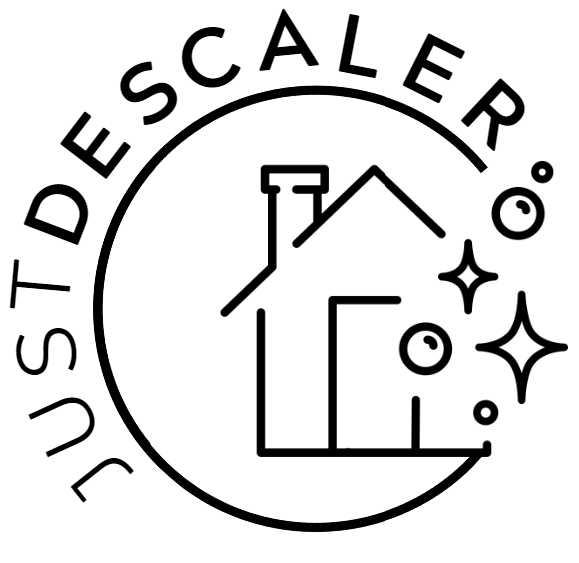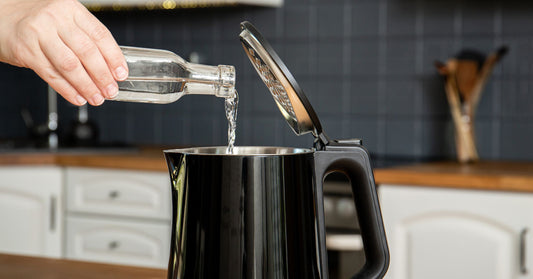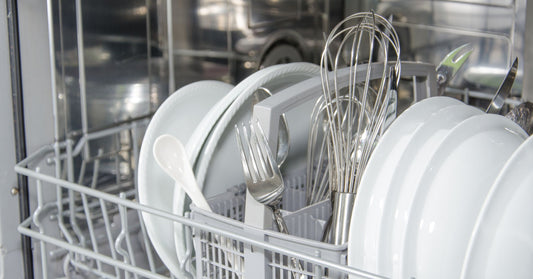There's nothing quite like stepping into a warm, refreshing shower, but if you've noticed a decrease in water pressure, then it's time to take action. Decreased water pressure can be frustrating, but before you consider replacing your showerhead, it's worth exploring a simple yet effective solution: descaling and cleaning. In this blog post, we will guide you through the process of restoring your showerhead's performance by removing limescale build-up. With a few easy steps and the right tools, you can enjoy a revitalising shower experience once again.
Is hard water making it more difficult to keep your shower free of limescale? Be sure to check out our guide on how to deal with limescale in hard water areas for some useful tips and tricks.

Step 1: Gather Your Supplies
Before you begin, gather the necessary supplies:
- Descaling Solution: Choose a specialised descaler or opt for a natural solution like vinegar or citric acid.
- Plastic Bag or Container: Large enough to fit over the showerhead.
- Adjustable Wrench or Pliers: To remove and reinstall the showerhead if necessary.
- Clean Cloth or Toothbrush: For scrubbing and removing any remaining build-up.
Step 2: Remove the Showerhead (If Applicable)
Some showerheads are detachable, making the descaling process easier. If your showerhead is removable, turn off the water supply to the shower. Use an adjustable wrench or pliers to loosen the showerhead and, once loose, carefully remove the showerhead.
If your showerhead is fixed, don't worry! You can still descale and clean it while it's in place.

Step 3: Prepare the Descaling Solution
Depending on the descaling solution you've chosen, follow the instructions provided. If you're using vinegar, mix equal parts vinegar and water in a container or plastic bag. For citric acid, follow the recommended dilution ratio.
Step 4: Soak the Showerhead
Place the showerhead in the container or bag, ensuring it is completely submerged in the descaling solution. If your showerhead is fixed, use a plastic bag filled with the solution and secure it around the showerhead with a rubber band or zip tie. Allow the showerhead to soak for the recommended time, usually 1 to 2 hours.

Step 5: Scrub and Rinse
After soaking, remove the showerhead from the solution. Using a clean cloth or toothbrush, gently scrub the showerhead to remove any remaining limescale build-up. Pay close attention to the spray nozzles, making sure they are clear of any debris or blockages. Rinse the showerhead thoroughly with clean water to remove any traces of the descaling solution.
Step 6: Reinstall the Showerhead (If Applicable)
If you removed the showerhead in Step 2, it's time to reinstall it!

Step 7: Test and Enjoy
Turn on the water supply and test your freshly descaled and cleaned showerhead. You should now have better water flow and improved water pressure, so you can get back to enjoying your showers to the max.
To make sure you get the most from your shower, regularly clean your showerhead every few months to prevent significant limescale build-up.
Consider using a water softener or installing a whole-house water filtration system to minimise future limescale build-up.
Follow the manufacturer's recommendations for descaling and cleaning specific showerhead models, as some may have specific care instructions.
By descaling and cleaning your showerhead, you can restore its performance and breathe new life into your shower. With a few simple steps and the right descaling solution, you can remove limescale build-up and optimise water flow. Remember to perform regular maintenance to prevent future build-up.




